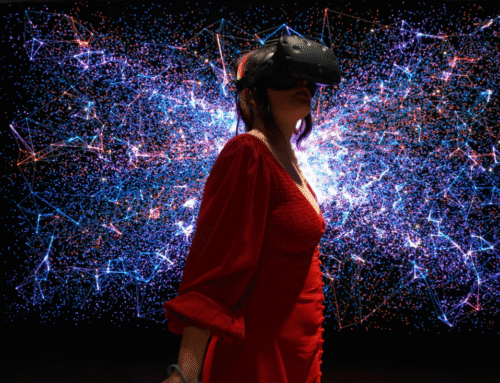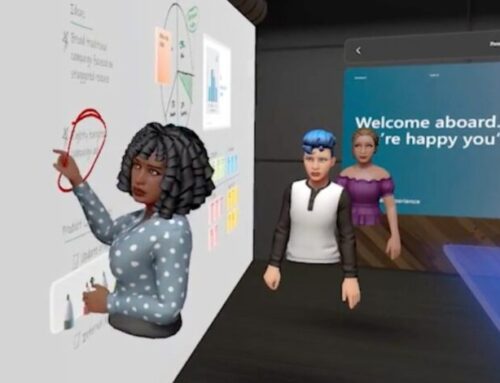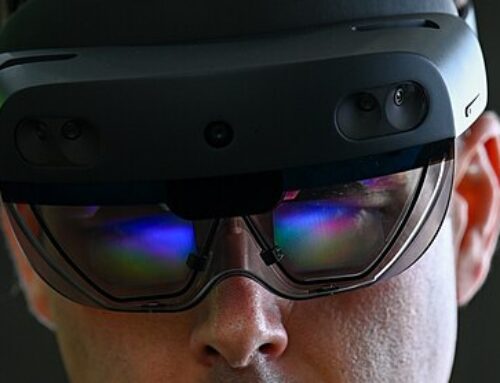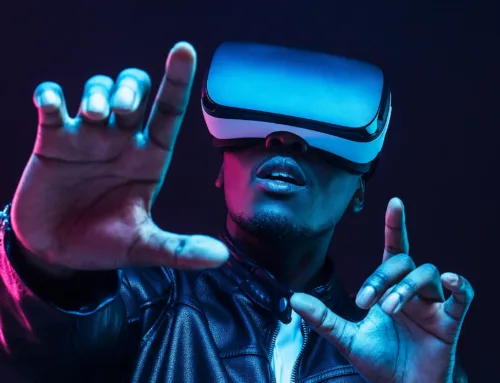Move Forward with Augmented Reality Product Visualization
Move Forward with Augmented Reality Product Visualization
It is an undeniable fact that customers are becoming more comfortable with online shopping. With many more other factors that are directing customers to purchase products digitally, businesses must come up with innovative strategies to successfully transition from offline to online. There is one strategy that has proven to be successful for a variety of businesses: the incorporation of Augmented Reality, and specifically Augmented Reality Product Visualization.
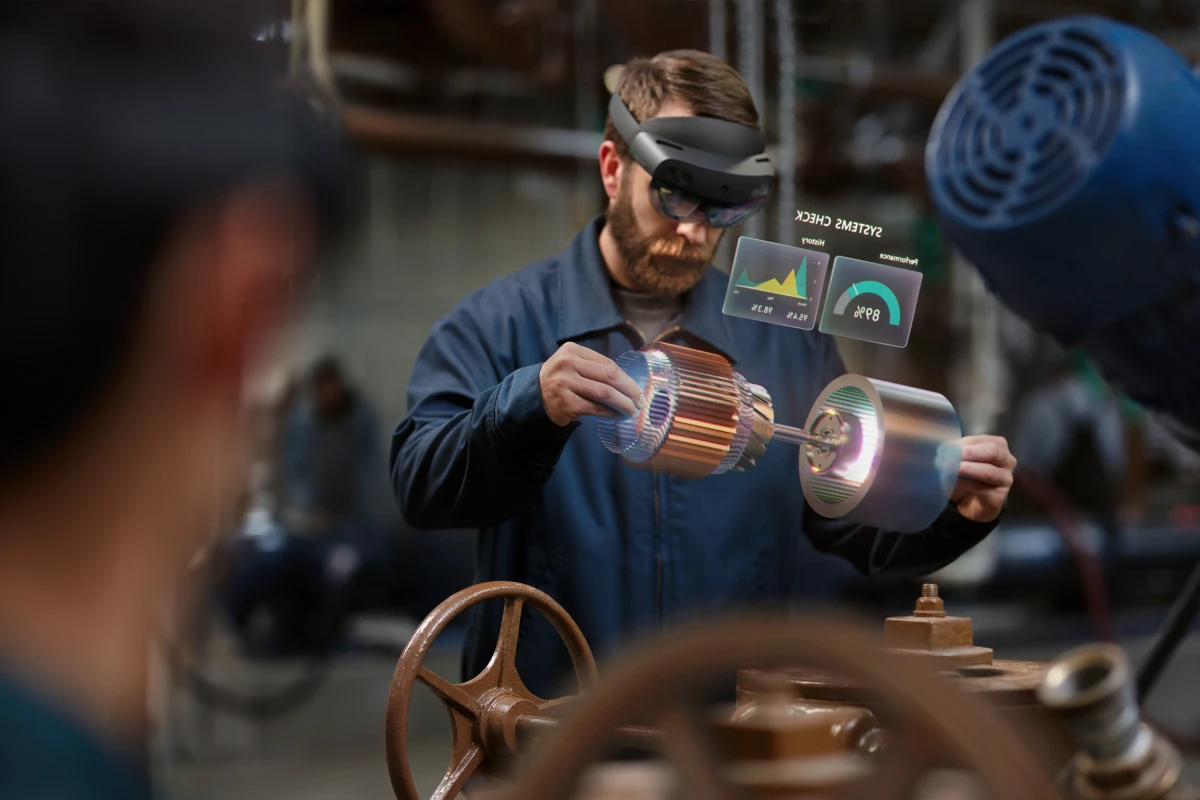
How businesses are using Augmented Reality Product Visualization
Many companies have already experienced the potential of product visualization. From including it into a branded application to the incorporation of the feature into the website, product visualization offers many possibilities.
For example, the company Skantrae is a door retailer. They have incorporated product visualization into a branded application. This application enables customers to visualize Skantrae doors anywhere and at any time. The Augmented Reality feature allows anyone with a mobile device to try out all the doors in the assortment of Skantrae in their own environment. Being able to see what it looks like in the interior gives customers of Skantrae a better feeling of the doors, in the sense of material, size, and fit and they do not have to travel to the showroom to experience it.
Augmented Reality Product Visualization does not limit itself to online features. There are also possibilities of bringing offline products such as magazines and brochures to life. Wensink Mercedes Benz has made use of this possibility by making their brochures interactive with Augmented Reality and Product Visualization. The reader of the brochure can scan a marker point and one of the Mercedes-Benz cars appear on the screen. It brings offline and online together with a fun factor for the customers, resulting in high demand in test-drives.
How Product Visualization can help grow your business
Innovatively visualizing your products brings many opportunities for the growth of your business. Below we have listed four of these interesting opportunities that might arise when implementing Product Visualization.
1. Increase customer engagement
Visualizing a product in its intended environment can make a huge difference in engaging customers and making sales. With the ability to interact with the products like moving it around, turning it, and resizing it, it creates the touch-and-feel element that is often lacking with the usual online shopping experience. The added interactive ‘try before you buy’ experience will give customers a much easier time comparing items, and ultimately, more confidence in online shopping.
2. Reduce the number of returns
Product visualization gives customers the ability to virtually try out your product in their own environment. When buying a product that is only seen from a 2-dimensional perspective, it often happens that the customer does not like the delivered product. This leads to many returns and lower profit margins for businesses. Next to this, returns are costly for both businesses and customers. With Augmented Reality, customers can get a better feel of the products resulting in a higher satisfaction ratio and decrease of returns.
3. Boost conversion rates
The average mobile conversion without Augmented Reality is about 3.5%. With implementing Augmented Reality, this conversion rate increases to 11%. Augmented Reality boosts conversion rates by connecting products with the customers’ own environment. With the already mentioned increase in customer engagement, it is more likely that customers spend more time on your platform. The more time your customers spend on your website or application, the more chance there is for them to make a purchase.
Conclusion
In short, Augmented Reality and Product Visualization can be a great combination for positioning yourself online. Nowadays, when people are getting more and more comfortable with shopping online, Product Visualization can be a great solution and it can bring them one step ahead of the competition. With its interactive nature, it engages customers, reduces returns and boosts conversion rates. The technology offers customers to have an in-store-like experience and creates more buying confidence.
If you would like to see the full potential of Augmented Reality and Product Visualization and how it can increase sales, and engagement with your products, and show your business as an industry leader, do not hesitate to contact us.

